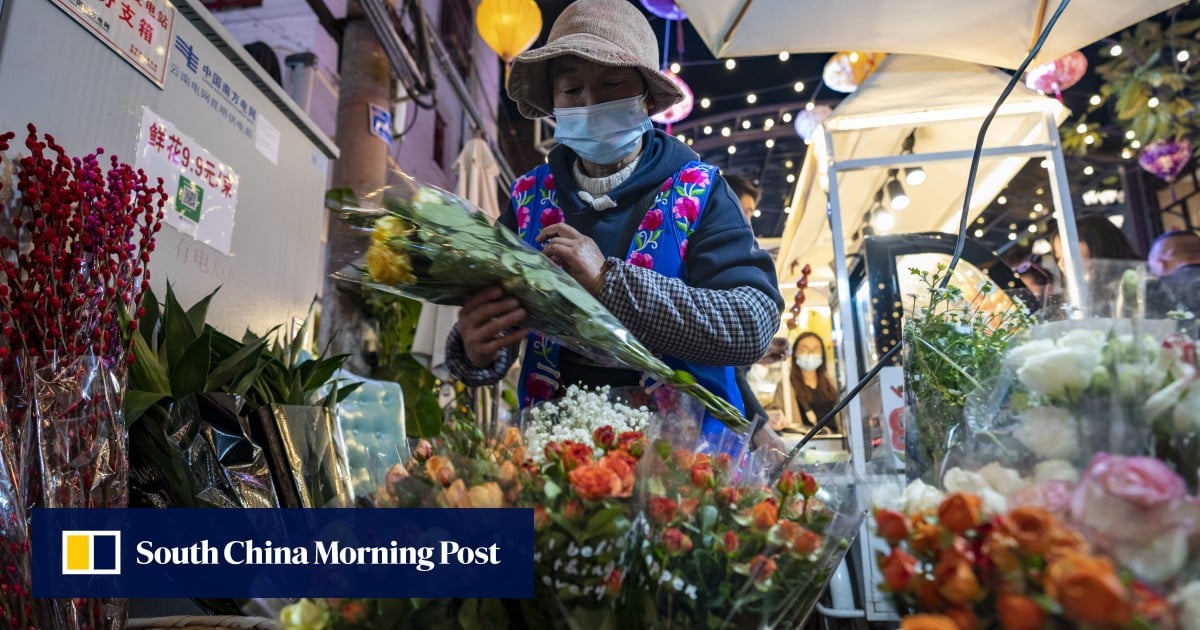beijingwalker
ELITE MEMBER

- Joined
- Nov 4, 2011
- Messages
- 65,187
- Reaction score
- -55
- Country
- Location
Tomato crisis hits India as rain ravages crops and prices rise 400%
Mon 10 Jul 2023 10.13 EDTConsumers, farmers and even McDonald’s struggle in shortage blamed on irregular weather
Listening to the chatter at Delhi’s vegetable markets, only one question is on everyone’s lips: just how much will a tomato cost today?
Prices of tomatoes, a staple of Indian cooking, have soared by more than 400% in recent weeks as the country has been gripped by a nationwide shortage.
The shortage has been attributed to the irregular weather that has ravaged India during this year’s season for tomatoes, including unseasonable high rainfall in recent months, which devastated the growing crops and fuelled a deadly fungal disease.
While those in cities such as Mumbai or Delhi used to pay 40 rupees (40p) for a kilo of tomatoes, prices have shot up to 160 rupees and higher, making them largely unaffordable for an average low-income household.
Traders have warned prices could hit record highs of 200 rupees a kilo in the next few days as the recent heavy monsoon rains have spoiled more stock.
While July is often a more expensive season for buying tomatoes, as it falls between harvests, consumers said they had never seen prices so high.
The shortage has even hit outlets of the fast-food chain McDonald’s in India. In branches of McDonald’s across north, east and south India, signs were put up to state that tomatoes would no longer be put in burgers and other dishes, due to a lack of availability.
A spokesperson for a McDonald’s operator in north India confirmed they had removed tomatoes temporarily from food in some branches, due to “seasonal crop issues arising out of farm fields in a few regions” which meant there were “not enough quantities meeting our quality specifications”.
“We should be able to bring tomatoes back to the menu soon,” they added.
The human-caused climate emergency is making extreme rainfall more common and more intense, while heatwaves are increasingly likely to happen.
Several small-scale tomato farmers said this had been one of their most devastating seasons in terms of production and profit.
Arvind Malik, 34, a tomato farmer from Kheri Dabdalan village in the Kurukshetra district of Haryana, described how disease began to strike this season’s crop.
“In February, the leaves of tomato plants started drying up,” he said. “The experts told us that irregular weather – sudden rise and decline in temperatures – is the reason behind the disease in our tomatoes. We got expensive fungicides and sprayed them on our crop. Somehow the disease stopped but only after ruining a lot of crops.”
Malik said that while they usually sold 30,000kg of tomatoes every year, this year they could only harvest half of that and he was now heavily in debt.
The current shortage, and high prices now commanded for the few tomatoes left on the market, have been particularly galling for farmers such as Malik, who just a few months ago were having to dump their produce on the streets because the commercial prices of tomatoes were so low, often just 1.5 rupees a kilo – not even enough to cover costs.
https://www.theguardian.com/world/2023/jul/10/india-floods-new-delhi-rain-record-deaths
“We stopped picking tomatoes and selling them because it was a total loss,” said Malik. In June, prices began to surge as the shortages hit, but by then Malik had nothing to sell except rotten leftovers.
Other staple produce, including onions, ginger and chillis have been affected by rising prices due to weather-related issues damaging the crops.
Traders said it could take up to three months for supplies and prices to normalise, likely to fuel increasing discontent among consumers who are already dealing with rising prices due to inflation, and anger with the government.
“I had to sell my produce for less than two rupees a kilogram, and now the same is being sold for 160 rupees in the market,” said Malik. “Today, I cannot afford to buy even one kilogram of tomatoes.”

Tomato crisis hits India as rain ravages crops and prices rise 400%
Consumers, farmers and even McDonald’s struggle in shortage blamed on irregular weather









